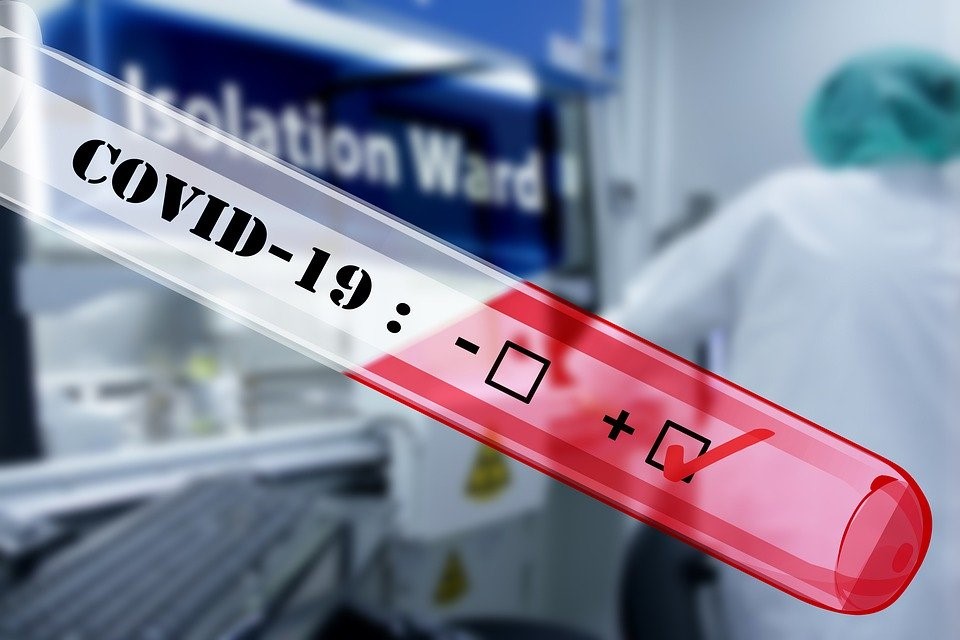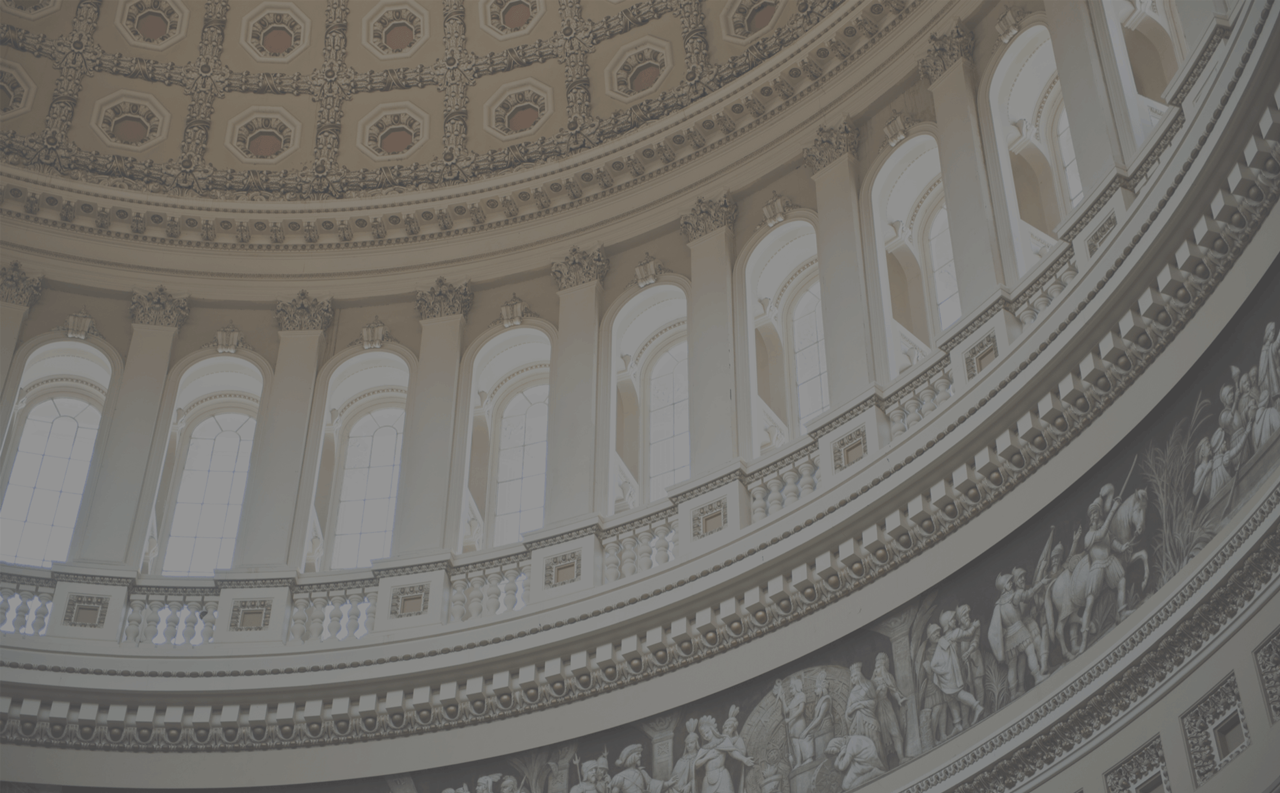COVID-19 Reimbursement Updates and what they Mean for Hospitals

Note: This article has been updated as of April 1st, 2020 to reflect new developments.
Amidst all the news of the past few weeks, it’s been easy to miss major announcements that affect the ways in which hospitals get paid, and it’s been hard to keep track when policies change daily and different payers take different approaches. At HLS, our goal is to help hospitals sort through the noise and confusion. To that end, we’ve put together a summary of the various announcements that have come out recently with some analysis of their implications for hospital reimbursement. Broadly speaking, these changes fall into two distinct categories: coding and authorization. The coding changes will help hospitals to get paid for testing and treating COVID-19 patients, while the authorization changes will help hospitals make room for a surge of COVID-19 patients in acute care beds.
Coding: New ICD-10 diagnosis codes for COVID-19 and HCPCS codes for COVID-19 testing
The Centers for Medicare and Medicaid Services (CMS) has announced two codes for COVID-19 testing under the Healthcare Common Procedure Coding System (HCPCS): U0001 is for testing at Centers for Disease Control and Prevention (CDC) laboratories, while U0002 is for testing at non-CDC laboratories. The American Medical Association (AMA), which maintains the Current Procedural Technology (CPT) codes, has also announced a code for COVID-19 testing: 87635.
It’s important for billing and coding staff to be aware of these HCPCS codes and use them appropriately. While many payers have promised to cover the cost of COVID-19 testing in full with no cost-sharing, there’s always a risk that processing errors could result in denied, delayed, or underpaid claims. The best way to ensure prompt and full payment is to code the claim correctly the first time around. If the payer still denies the claim, the hospital should have the right to submit a corrected claim or file an appeal.
Billers and coders should also be aware of how to code a diagnosis of COVID-19. The World Health Organization (WHO), which maintains the International Classification of Diseases, Tenth Revision (ICD-10), announced the creation of two new ICD-10 diagnosis codes: U07.1, COVID-19, virus identified; and U07.2, COVID-19, virus not identified. The CDC approved these new codes for use effective April 1, 2020.
For claims with dates of service prior to April 1, 2020, hospitals should rely on the CDC’s interim coding guidance, which recommended that hospital use the patient’s specific respiratory condition (such as pneumonia or bronchitis), as the principal or first-listed diagnosis. Hospitals can use B97.29, other coronavirus as the cause of diseases classified elsewhere, as an additional diagnosis code if the patient tests positive for COVID-19. If the patient is tested due to concern over possible exposure to COVID-19, the hospital can use the codes Z03.818, Encounter for observation for suspected exposure to other biological agents ruled out; or Z20.828, Contact with and (suspected) exposure to other viral communicable diseases.
The transition from one code to another is bound to create confusion and result in denials and underpayments for hospital services provided to COVID-19 patients. Further complicating matters, because test results may not be immediately available at the time a patient is discharged from the emergency department (ED), the hospital may not be able to code positive diagnoses of COVID-19.
Documentation forms the foundation of billing and coding. The more thoroughly that clinical staff document patient encounters, the more precisely that billing and coding staff will be able to code the claim for appropriate reimbursement. In addition, in the event of a denial, the documentation will provide the basis for the hospital to appeal. This is always true, but documentation is especially important in light of the ever-shifting coding and payment guidance for COVID-19 cases.
Authorization: Many payers waive authorization for post-acute care but other requirements still apply
The requirement to obtain prior authorization for medical services is widely acknowledged to be one of the greatest administrative burdens that hospitals face. Not only that, it can also lead to delayed or denied medical care if the payer refuses to grant authorization for the requested service. If the hospital goes ahead and provides the service anyway, they can receive payment denials for lack of authorization.
Moreover, when patients are admitted to the hospital and need further care in a post-acute setting such as subacute rehab or skilled nursing, the requirement to obtain authorization before transferring the patient to such a facility may unnecessarily prolong inpatient hospitalization. This can result in a denial for lack of medical necessity while also taking up a hospital bed that could otherwise be occupied by a patient who truly needs inpatient care.
It is for this last reason that government agencies as well as many private payers have recently relaxed their prior authorization requirements for post-acute settings, hoping to free up beds for patients hospitalized with COVID-19. CMS has led the way by waiving the 3-day hospitalization requirement before patients can be transferred to a skilled nursing facility (SNF) for the duration of the national emergency declaration, which was issued on March 13th but backdated to March 1st.
As part of the national emergency, CMS has also allowed state Medicaid agencies to request waivers under Section 1135 of the Social Security Act. For instance, CMS has agreed to let Maryland Medicaid’s fee-for-service (FFS) program suspend preapproval requirements, meaning that new prior authorizations will not be required and authorizations granted prior to March 1st will be extended without a requirement for a new or renewed prior authorization.
Maryland Medicaid announced on April 1st that concurrent review requirements would also be relaxed: failure to upload clinical documentation for concurrent review within the usual 48-hour time frame will no longer result in a technical denial. However, this policy applies only to FFS Medicaid patients; Managed Care Organizations (MCOs), whose enrollees comprise over 90% of Maryland’s Medicaid beneficiaries, are responsible for setting their own utilization review requirements. While some MCOs, including Amerigroup, have stated that they will follow Maryland Medicaid by removing prior authorization requirements for SNFs and extending previously granted authorizations, others, including Maryland Physicians Care, have affirmed that standard procedures related to prior authorization and notification for admissions remain in effect.
As for commercial payers, three of the largest national payers – Aetna, Cigna, and United Healthcare (UHC) – have also waived prior authorization requirement for post-acute care, although unlike CMS they have not made their policy retroactive to the start of the outbreak. Cigna’s suspension went into effect 3/23/20, UHC’s on 3/24, and Aetna’s on 3/25. All other authorization requirements, including inpatient notification and concurrent review, remain in effect (although Aetna has granted an exception for New York State only). In Maryland, the local BlueCross BlueShield plan, CareFirst, has gone further, waiving authorization requirements for post-acute care as well as concurrent review requirements for the first 30 days of emergency and non-elective inpatient admissions.
With a patchwork of different payer policies, there will no doubt be some confusion about when hospitals still need to request prior authorization or perform concurrent review. Since many authorization requirements remain in effect, hospitals should err on the side of caution and check to see if they need authorization for a service. However, in the event of a denial for missing or invalid authorization, hospitals can still appeal, especially if the payer misapplied their own policy exception.


